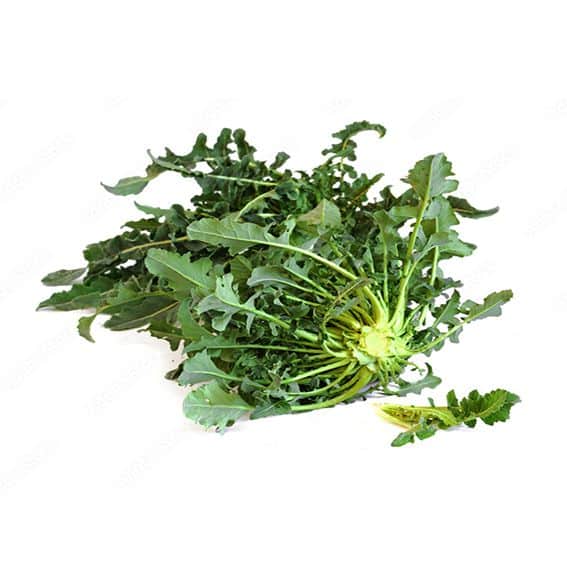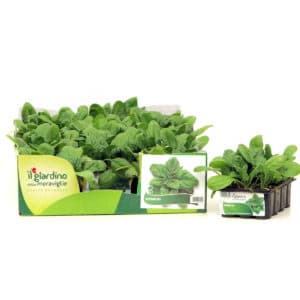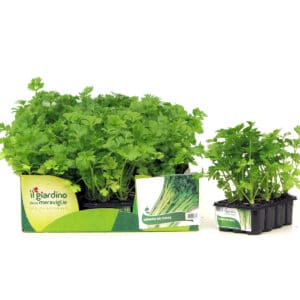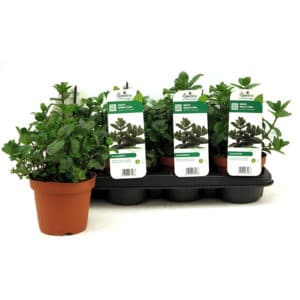Description
The name Fiolaro comes from the local dialect word “fioi,” which means “sons” or “sprouts.” Instead of producing one large central head, this broccoli variety puts out numerous tender side-shoots along its main stem, which are harvested along with the youngest leaves.
Unique Taste: Unlike other brassicas, its flavour is famously enhanced by frost. The cold temperatures cause the plant to convert starches into sugars, concentrating them and resulting in a much sweeter, more delicate taste that is highly sought-after.
Culinary Uses: The shoots and leaves are extremely versatile.
Classic: Sautéed quickly in olive oil with garlic and a pinch of chili flakes (peperoncino) and served as a side dish.
Pasta: Tossed with pasta, often in a simple sauce with guanciale or pancetta.
Soup: Used to make a thick, hearty soup, sometimes with rice or beans, similar to a Tuscan Ribollita.
Growing Guide: The Broccolo Fiolaro is a cool-season crop, making it well-suited to Malta’s mild autumn and winter growing seasons.
When to Plant: Sow seeds or transplant seedlings in July or August. This gives the plants enough time to grow into large, established plants before the cooler weather arrives.
Location/Sun: Requires full sun (at least 6 hours per day) for best results. It should be grown in an open position that receives good air circulation.
Soil & Potting: Like all brassicas (cabbages, cauliflower), it is a “heavy feeder,” meaning it needs fertile soil rich in organic matter. Prepare the planting site by mixing in a generous amount of well-aged compost or manure. Ensure the soil is well-draining to prevent root rot.
Watering: Needs consistent watering, especially during the hot Maltese summer when the plants are still establishing. Use a thick layer of mulch (like straw or dry grass) around the base to help retain moisture and keep the roots cool.
Feeding: Give the plants a dose of high-nitrogen fertiliser a few weeks after transplanting to support the growth of their large leaves and stem.
Pests: Keep an eye out for common brassica pests like cabbage white butterfly caterpillars and aphids. Floating row covers (a fine mesh net) can prevent butterflies from laying eggs.
Harvest: The first harvest usually occurs about 80 days after transplanting, typically starting in November/December and continuing through February. The rule of thumb is to wait until after the first true cold snap to ensure the best flavour.
How to Harvest: Harvest the tender side-shoots (“fioi”) and the small, young leaves that emerge from the stem. Leave the main stem intact to allow the plant to continue producing more shoots throughout the winter.






